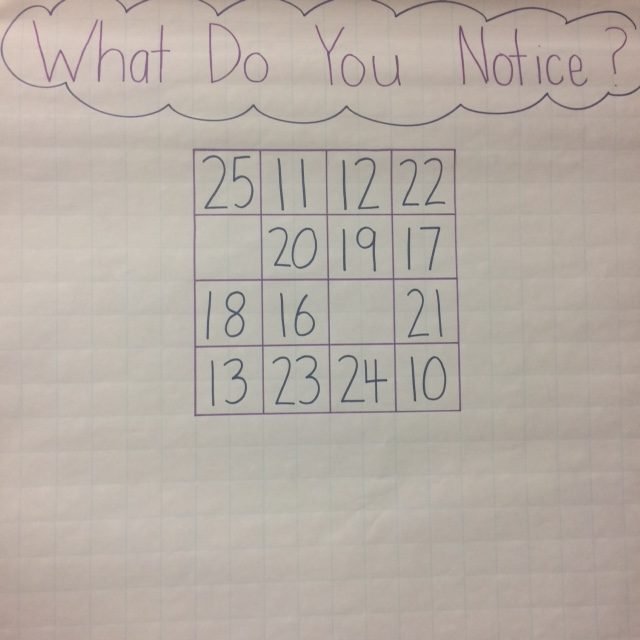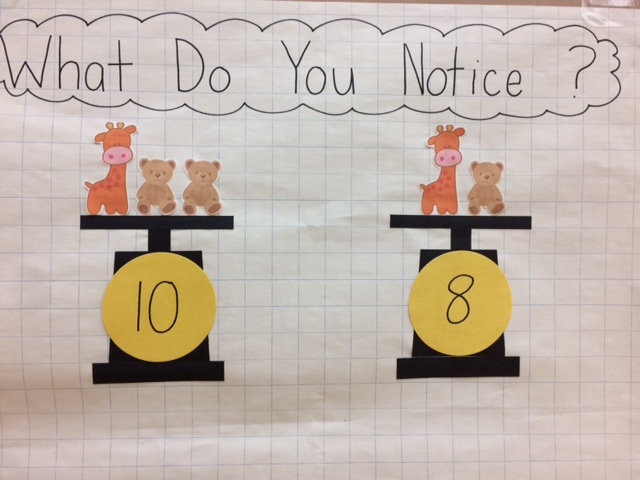Family Math Night Home Edition
Family Math Nights are usually done at school but I created one that families can do at home. This comprehensive resource includes video tutorials, check lists, materials lists, and activity sheets for four home-friendly activities for grades K-5. I’m including the video below.
My goal was to design the Family Math Night/Day to be different than simply doing a math activity at the kitchen table. It’s their own personal event and I walk them through how to do it step-by-step. Watch the video below for tips on making it a special event.
Here is the link so you can access all the activity PDFs:
https://familymathnight.com/resources/mathathome.php
Here is the link so you can access the video:
https://www.youtube.com/watch?v=GknJtgZ47KQ




